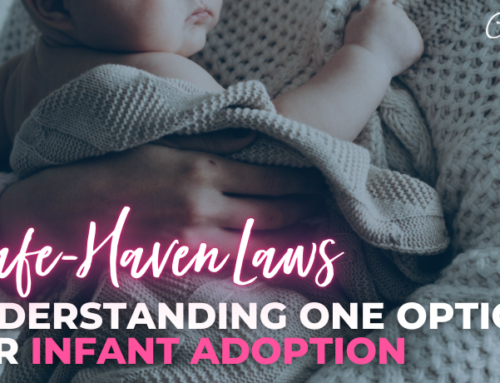Over the past few decades, the narrative around abortion has taken a rollercoaster ride. Back in the 1970s, when abortion first got the green light, and for a good amount of time after that, the talk was all about women’s rights. Abortion was presented as a tough decision in challenging circumstances, something to be done when there seemed no other way out.
The pitch was simple: “Keep Abortion Safe, Legal, and Rare.”
A Brief Recap
Over time, the narrative surrounding abortion took a sharp turn from a focus on its “rarity.” Instead, abortion became normalized.
Initially confined to the first trimester of pregnancy, the push for abortion rights extended beyond the boundaries of what was once considered acceptable. The notion of advocating for abortions up to the very moment of birth emerged – a move that would have been unthinkable even among the original pro-abortionists.
But the narrative didn’t stop there. The introduction of partial-birth abortions marked another significant shift, followed by a growing acceptance of post-birth abortions and resistance to laws restricting this controversial practice. Attempts to relax punishment for criminals guilty of fetal homicide further fueled the evolving narrative.
To uphold this emerging pseudo-morality, abortion advocates in California are putting forward legislation suggesting both civil and criminal consequences for individuals who obstruct or interfere with infanticide.
In recent years, the script has taken another twist with the rise of the “shout your abortion” movement. Far from being “rare,” abortion is now presented not as a discreet matter but as something to be proud of, bragged about, and even flaunted. Abortion has morphed into something seen as morally courageous.
In a final ironic change, abortion can no longer even be considered a woman’s right. It is now deemed offensive to assume that only women can get pregnant. Having spent decades arguing that abortion is an issue of women’s health and women’s rights, activists are now scrambling to accommodate the supposed discovery that men can get pregnant and have abortions, too.
Abortion as “Life Saving?”
Following the overturn of Roe v. Wade in June 2022, a fresh narrative has emerged, loudly proclaiming abortion as healthcare. A wave of stories has inundated the media, asserting that women across the country face imminent risks to their lives due to the purported lack of access to abortion.
A question was recently asked on Quora: “Have you had an abortion, and do you regret it?”
A woman posted this in reply, “Yes. Twice. The first was at 20 weeks gestation, and my baby no longer had a heartbeat or signs of life, and I had started to bleed internally. We actually did the process that is considered a partial-birth abortion…
The second abortion was a few weeks after giving birth to my second child. I had not delivered everything that needed to come out. I had started bleeding profusely. Had I been in a southern part of the United States, I probably would have had to wait days to confirm that the tissue inside me was not nor would ever be living and was, in fact, left over from the baby delivered weeks prior.”
This woman’s remarks highlight a prevalent misconception. Contrary to her assertions, neither of the instances she mentioned qualifies as an abortion. In the first scenario, the baby had already passed away which is a miscarriage, not an abortion. In the second case, the baby was already delivered alive and healthy. The assumption that they “would have had to wait days to confirm that the tissue inside me was not nor would ever be living” is factually inaccurate.
Dr. Ingrid Skop, a board-certified OB/GYN, clarifies that in any state with legal protections for preborn children, there are exceptions that permit abortion when necessary to save a mother’s life or prevent serious health risks. Tennessee, one of those “southern” states that has come under attack, for example, “allows physicians to perform abortions in limited medical emergencies: molar or ectopic pregnancies, to remove a miscarriage, to save the life of the mother” and to “prevent serious risk of substantial and irreversible impairment of a major bodily function of the pregnant woman.”
Furthermore, Skop clarified in an article on proper treatment for pregnancy-related medical emergencies that these procedures, if not aimed at intentionally terminating the child, do not qualify as induced abortions and are not prohibited by any law. Thus, doctors can terminate an unviable pregnancy if needed without deliberately ending the preborn child’s life before delivery.
We’ve come far from the notion of abortion being viewed as safe, legal, and rare. Amidst numerous fluctuations, evolving narratives prompt the question: why the constant narrative shifts? With apparent sources of misinformation, misreported facts, and misunderstandings, many are left wondering: what is the actual truth surrounding the abortion debate?
At Choices, the Truth Never Changes
We care about women, and we care about babies. We are not in the business of attempting to confuse or manipulate women or reap a profit from misinformation. We offer real healthCARE in a supportive environment. To learn more or to make an appointment, contact Choices today.







